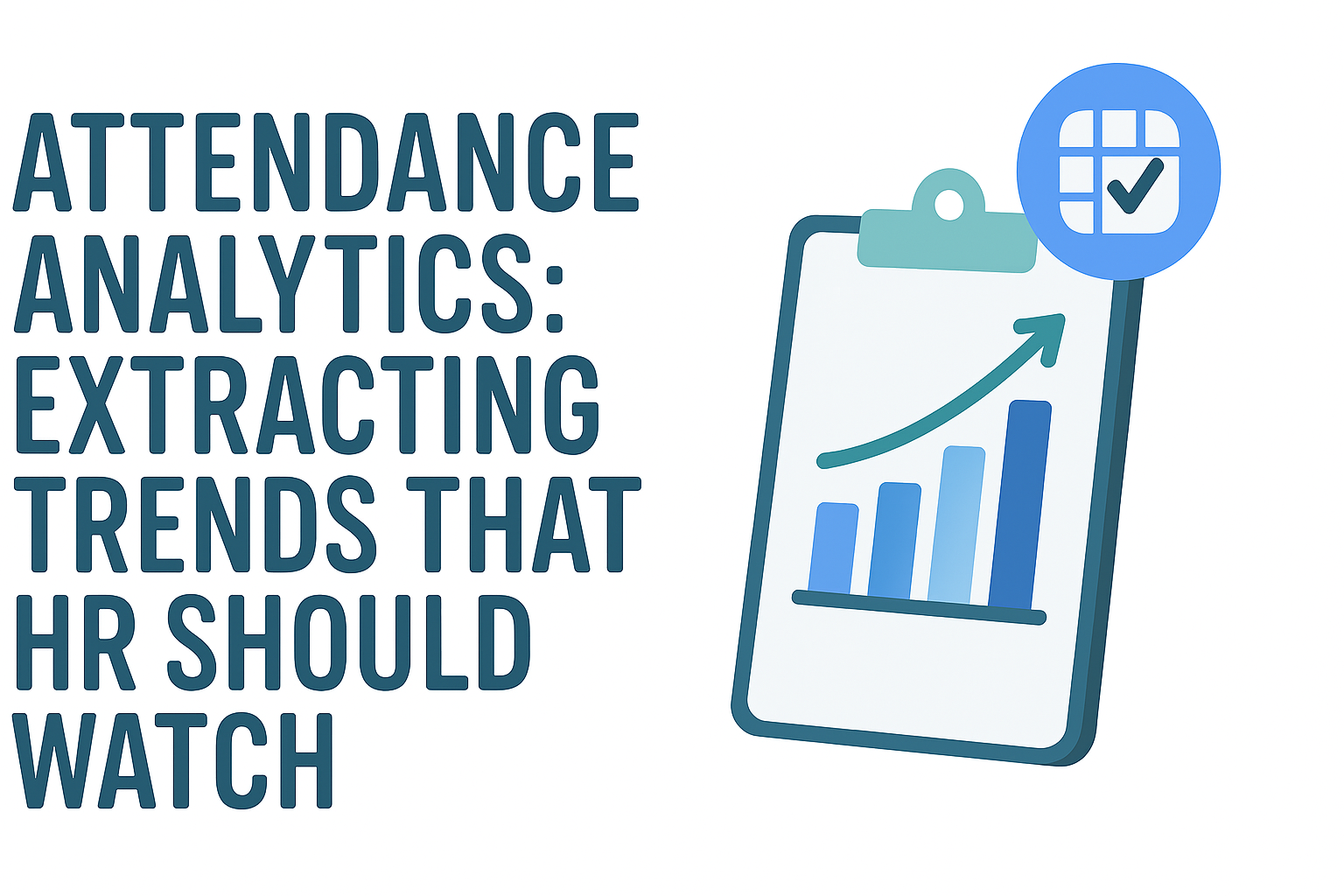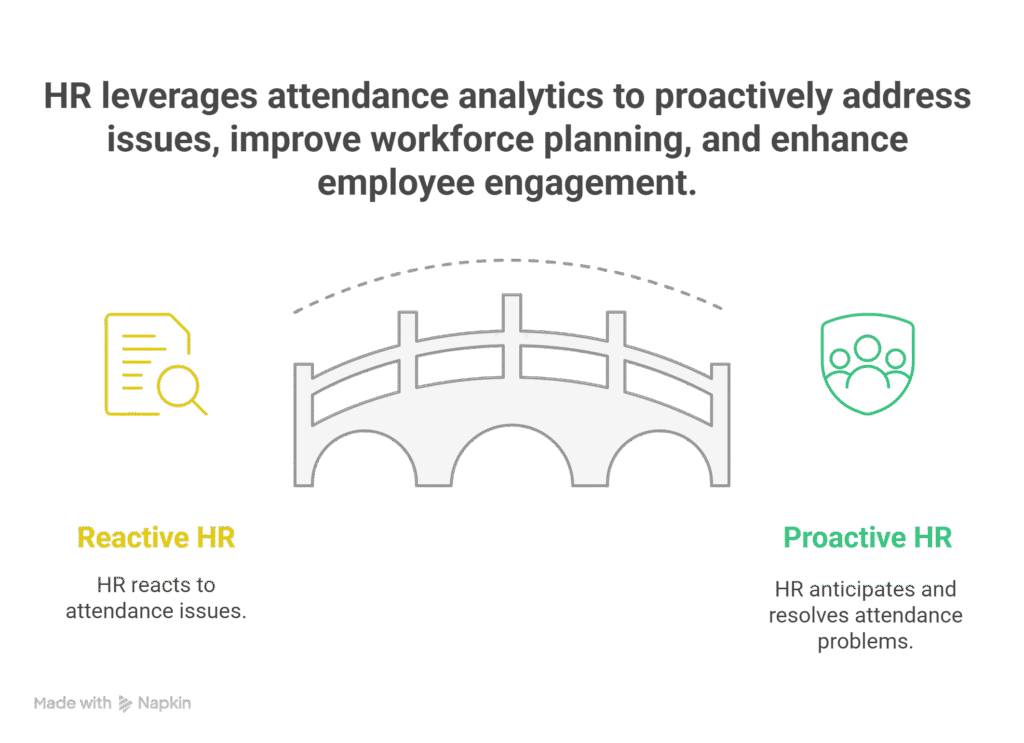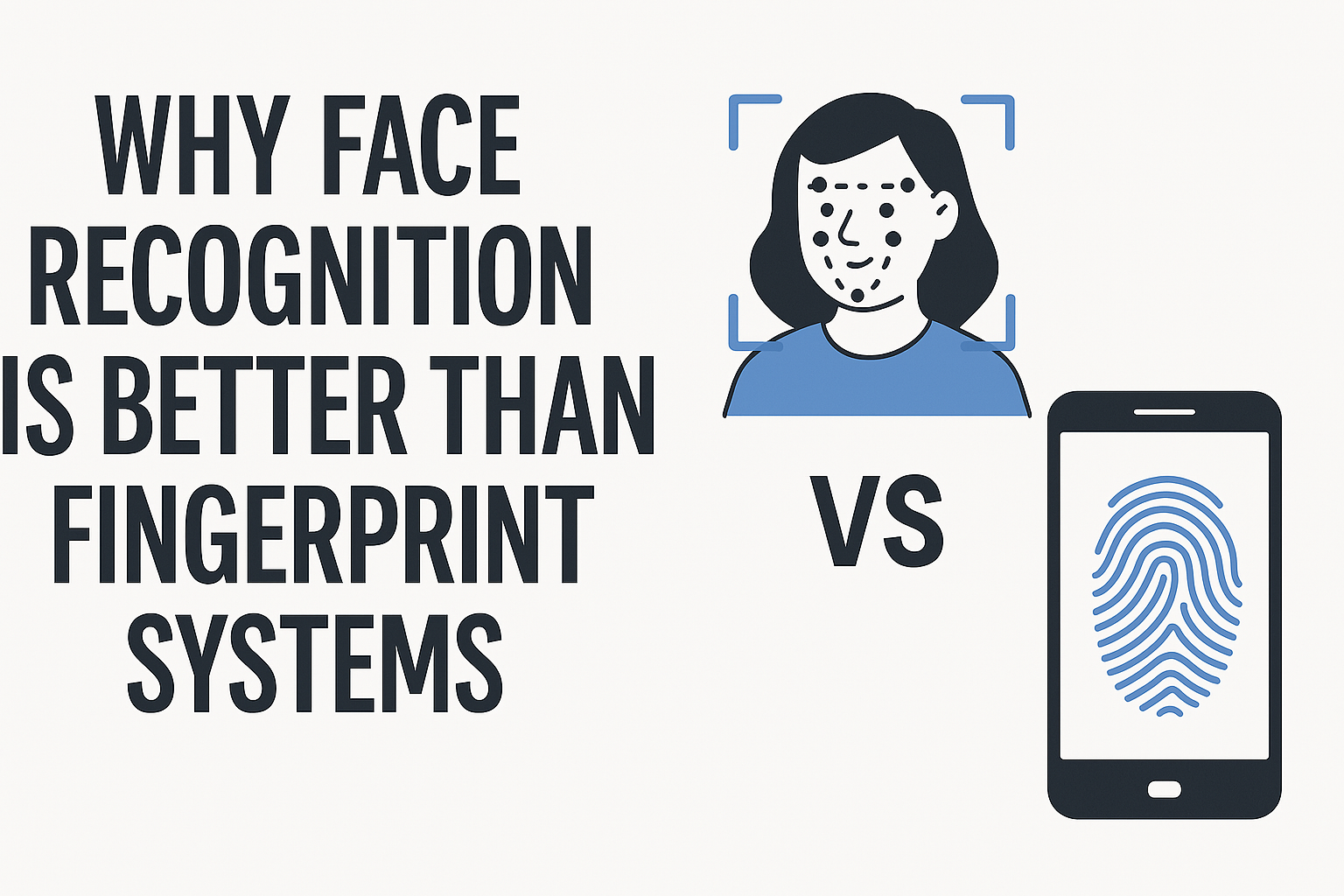
Table of contents
Introduction
Businesses today need accurate and actionable data to help manage their workforce. Attendance Analytics is the science of tracking, analyzing, and making sense of attendance data. This area of practice is important when it comes to identifying trends that can influence performance, and retention. This type of data provides HR function teams, with opportunities when it comes to creating more effective schedules, being proactive when issues arise and increasing employee engagement.
What is Attendance Analytics?
Attendance Analytics is the process of gathering and analyzing employee attendance data. It goes beyond simple clock-in and clock-out records. With advanced software, HR can detect patterns like:
- High absenteeism
- Frequent tardiness
- Early departures
- Overtime trends
This information is gathered through digital attendance systems, biometric devices, or mobile apps. The analytics tools then take the data and move it to actionable intelligence. For example, if there is a consistent increase in absenteeism on Mondays, HR may want to examine whatever the cause is that is occurring on the Monday of the workweek.
Attendance analytics can help HR develop a consistent picture of behaviour in their workforce. To sum up, Attendance Analytics moves from numbers to stories. HR can keep a pulse on employee morale and operational effort.
Why Attendance Analytics Is Critical for HR
When used effectively, Attendance Analytics offers several benefits that every HR team should leverage:

Proactive Issue Detection
Through consistent oversight of the attendance reports, HR is able to detect early warning signs. For example, the act of several employees arriving late could indicate something as small as issues with the taxi service or something such as employee stress. The sooner they can detect trends, the sooner they can respond to problems before they impact productivity levells.
Improved Workforce Planning
Correct data regarding absences will help HR assess the staffing requirements. If a period of high absenteeism is identified, it will allow them to plan for coverage or shift patterns indicating periods of high level of CME. When coverage is adjusted, the business can continue to run smoothly knowing critical roles and tasks will always be covered.
Enhanced Employee Engagement
When HR understands why employees miss work—or show up late—it can take steps to boost engagement. Whether through policy changes, improved work conditions, or employee support programs, addressing these issues strengthens the entire team.
Cost Savings
Unplanned absences can disrupt projects and even increase costs in hiring temporary help. Attendance Analytics provides the insights necessary to reduce these losses. By pinpointing trends that lead to attrition, companies save money over time.
Data-Driven Decisions
With rigorous data to rely on, the HR teams make fact-based decisions based on data not assumptions. The openness of Attendance Analytics offers trust with the employee. The data displayed permits management to illustrate a meaningful commitment to addressing challenges within the workplace.
Key Attendance Metrics to Monitor
HR professionals should focus on several critical metrics when using Attendance Analytics. Below is a table outlining key trends and why they matter.
| Metric | What It Tells You | HR Action |
|---|---|---|
| Absenteeism Rate | Frequency of unscheduled absences | Investigate causes; consider employee wellness programs |
| Tardiness Trend | How often employees arrive late | Review scheduling policies; provide flexibility if needed |
| Early Departures | Instances of leaving before the scheduled time | Address workload issues or job dissatisfaction |
| Overtime Hours | Excessive overtime as a stress indicator | Reassess staffing levels; address potential burnout |
| Attendance Consistency | Regularity in attendance across different periods | Identify specific days with issues; adjust work demands accordingly |
How HR Can Leverage Attendance Analytics
HR teams can take many proactive steps based on trends revealed through Attendance Analytics. Here are a few strategies:
Schedule Adjustments
HR can help adjust schedules to accommodate the reality of employee behavior through monitoring and assessing attendance patterns where the organization can identify behaviors (like tardiness) that are occurring on a frequent basis. For example, suppose HR finds a pattern of tardiness on Mondays, then HR could contemplate whether a flexible start time option would be better. Employees may wish to arrive at work later if they woke up feeling greater levels of stress that Monday morning. Therefore, HR can pursue flexible work hours because if work schedules are established more in line with the employee’s reality, it can create less stress and become a powerful motivator in managing tardiness at work.
Wellness and Support Programs
Continuous absenteeism may suggest some underlying health or wellness problems. HR can use attendance trends to determine whether they should implement wellness programs or employee assistance programs. Providing active support to the interventions that encourage employee wellness will then improve attendance and affect engagement in a better direction.
Improve Communication
Clear communication can often resolve attendance issues. HR should regularly share attendance findings with management to create awareness. Transparent policies that communicate expectations and support can help in reducing absenteeism and tardiness.
Training and Performance Support
In cases where attendance issues stem from low engagement or dissatisfaction, training sessions and performance support can be beneficial. When employees feel supported and see a path for career growth, they tend to improve their attendance consistency.
Policy Revision
Data-driven insights can lead to effective policy changes. If trends indicate that certain policies are not working, HR can review and refine them. This iterative process ensures that the attendance system remains fair and effective.
Technologies Enhancing Attendance Analytics
Modern HR departments lean on technology to get detailed insights into attendance trends. Some of the popular tools include:
- Cloud-Based Attendance Software: These programs collect data in real time and provide dashboards that make analysis simple and visual.
- Biometric Time Clocks: They offer precise data and reduce errors common in manual entry systems.
- Mobile Attendance Apps: With flexible, user-friendly interfaces, these apps increase data accuracy and provide real-time updates.
- Data Visualization Tools: These tools help HR turn complex data into understandable charts and graphs, making it easier to spot trends at a glance.
These technologies allow HR teams to focus on decision-making rather than data collection. They make Attendance Analytics an integral part of managing employee performance and retention.
The Future of Attendance Analytics
The future of Attendance Analytics is very promising. With the advancements in technology, there will be even more powerful technologies that can provide more insights into employee productivity behavior. AI and machine learning is already beginning to play a role in tracking and potential trends identifying proactive intervention. HR teams will soon have almost immediate and perfectly predictive powers with regard to employee attrition and any other critical workforce challenges.
Conclusion
For any progressive HR team, taking advantage of Attendance Analytics to capture trends is important. Understanding data relating to absenteeism, lateness and overtime positions HR with information making it easy to make decisions to help you lower attrition, increase productivity and your workplace! Because you are harnessing the power of data and technology HR can become sophisticated in their approach to attendance management. Attendance can become a strategic driver for workforce planning rather than a manual “tracking” exercise.
